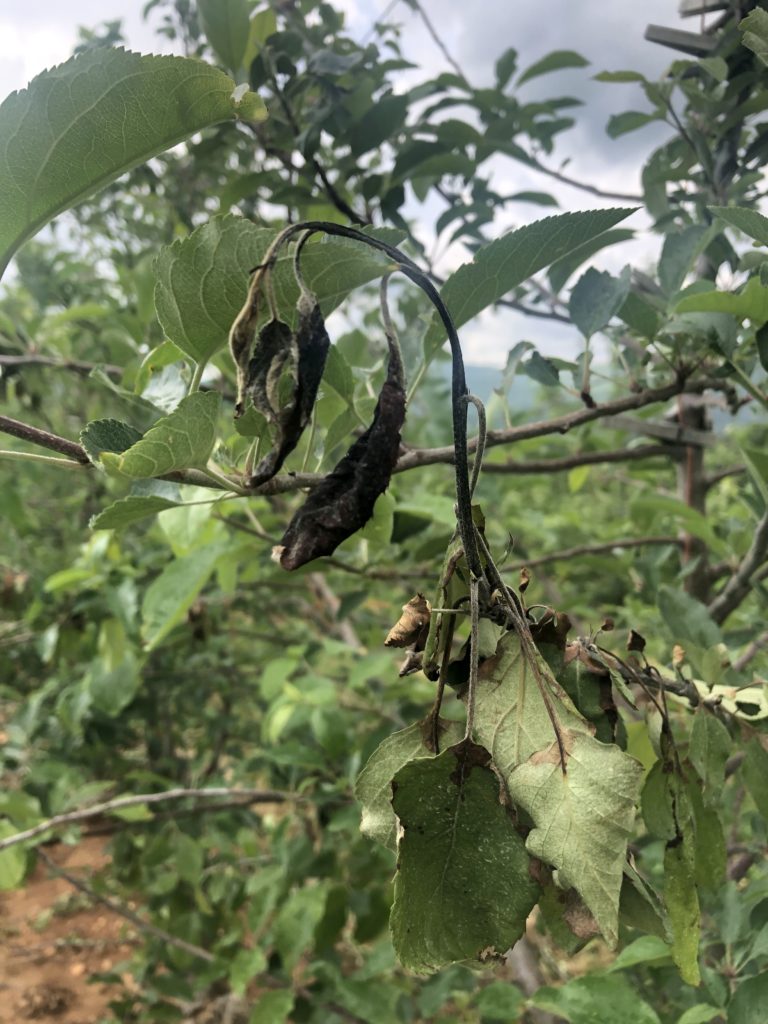Fast FAQs About Kudos
go.ncsu.edu/readext?1067589
en Español / em Português
El inglés es el idioma de control de esta página. En la medida en que haya algún conflicto entre la traducción al inglés y la traducción, el inglés prevalece.
Al hacer clic en el enlace de traducción se activa un servicio de traducción gratuito para convertir la página al español. Al igual que con cualquier traducción por Internet, la conversión no es sensible al contexto y puede que no traduzca el texto en su significado original. NC State Extension no garantiza la exactitud del texto traducido. Por favor, tenga en cuenta que algunas aplicaciones y/o servicios pueden no funcionar como se espera cuando se traducen.
Português
Inglês é o idioma de controle desta página. Na medida que haja algum conflito entre o texto original em Inglês e a tradução, o Inglês prevalece.
Ao clicar no link de tradução, um serviço gratuito de tradução será ativado para converter a página para o Português. Como em qualquer tradução pela internet, a conversão não é sensivel ao contexto e pode não ocorrer a tradução para o significado orginal. O serviço de Extensão da Carolina do Norte (NC State Extension) não garante a exatidão do texto traduzido. Por favor, observe que algumas funções ou serviços podem não funcionar como esperado após a tradução.
English
English is the controlling language of this page. To the extent there is any conflict between the English text and the translation, English controls.
Clicking on the translation link activates a free translation service to convert the page to Spanish. As with any Internet translation, the conversion is not context-sensitive and may not translate the text to its original meaning. NC State Extension does not guarantee the accuracy of the translated text. Please note that some applications and/or services may not function as expected when translated.
Collapse ▲This article was written by Annie Vogel (University of Tennessee) and Sara Villani.
Dr. Annie Vogel, Tom Kon’s former graduate student at NC State, conducted extensive research for her PhD dissertation on the effects of plant vigor on the shoot blight state of fire blight. One of her research objectives focused on controlling vigor with the plant growth regulator, prohexadione calcium (Kudos), and understanding its effects on both tree physiology and shoot blight management. Now that Annie is an Assistant Professor and Extension Specialist at UT Knoxville, she’s offered to write a guest post for the apple portal to address some benefits and a few concerns for applying Kudos in NC:
Question 1: If I have trees ranging from 2 to 12 years old, how should I approach a vegetative growth and shoot blight management program using Kudos?
Kudos rate and number of applications may vary based on tree age and size. For instance, older trees on semi-dwarf rootstocks benefit from higher rates (12 oz per 100 gallons) of Kudos and season-long programs starting when shoots are ~ 1 – 2 inches long. Applications will be made every 10 – 14 days through the season. On younger trees, growers are often hesitant to use a growth retardant and potentially slow canopy infill, however, research has shown that, in the southeast, two application of Kudos (6 oz per 100 gallons) early in the season did not significantly impact orchard establishment and reduced shoot blight incidence and severity. As trees get older, season-long programs can be put into practice, increasing the rate as trees age.
Question 2: If I apply Kudos multiple years in a row to young trees, how do they recover growth?
Answer: In the southeast US apple trees often experience a second flush of growth in the late summer. When Kudos was applied at both 3 oz per 100 gallons and 6 oz per 100 gallons for 4 years in a row, cumulative growth (end of season) did not differ compared to trees that had never been sprayed with Kudos.
Question 3: Does Kudos actually help with shoot blight management?
Answer: Kudos reduces shoot blight incidence and severity, and when applied in conjunction with timely antibiotic sprays and cultural management practices we see little to no shoot blight outbreaks in apple orchards. Use of forecasting tools to determine when antibiotic applications should be made will greatly improve overall results. However, managing shoot blight is not the only benefit of Kudos. When Kudos is used for season-long vegetative growth management it can improve airflow, light interception and distribution, and pesticide coverage, which also ends up improving disease management and fruit quality.
Question 4: Sometimes other biorational products like Actigard are recommended for shoot blight management. Does Actigard have any significant effects when applied along with Kudos?
Answer: In years with high disease pressure, Actigard applied with Kudos improved shoot blight management. As the rate of Kudos increased combined with a 1 oz per 100 gallon rate of Actigard, shoot blight incidence and severity decreased. When disease pressure is lower, Actigard may not an effect on shoot blight management. However, research also showed that Actigard may play a role in improving chemical thinning efficacy. Kudos can increase fruit set, but when Actigard was applied in addition to Kudos, that increase was less severe, resulting in improved fruit size and reduced hand thinning efforts.
Question 5: Does Kudos negatively impact return bloom?



